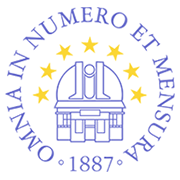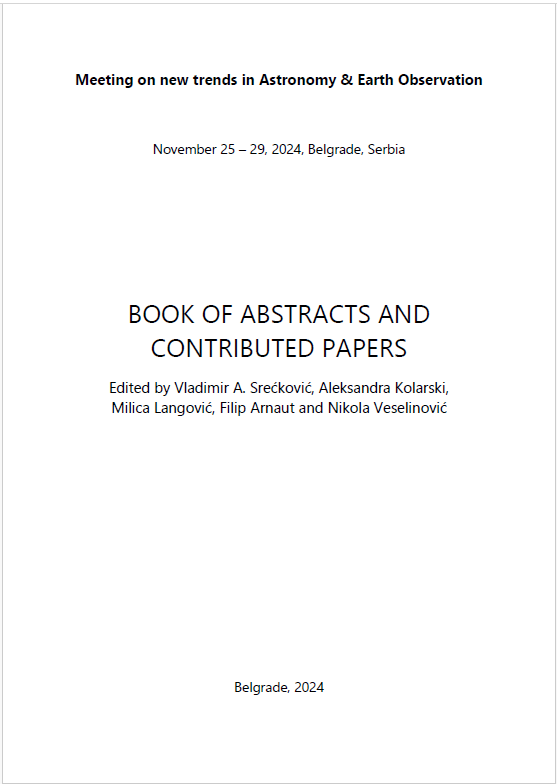ANNUAL PM2.5 AND PM10 VARIATIONS ON BELGRADE’S MOSTAR INTERCHANGE – TRAFFIC IMPACT
Sreten Jevremović, Milica Langović, Aleksandra Kolarski, Filip Arnaut.
Publication
BOOK OF ABSTRACTS AND CONTRIBUTED PAPERS - International scientific conference: Meeting on new trends in Astronomy & Earth Observation, Page 27, https://doi.org/10.69646/aob241205
BOOK OF ABSTRACTS AND CONTRIBUTED PAPERS - International scientific conference: Meeting on new trends in Astronomy & Earth Observation, November 25-29, 2024, Belgrade, Serbia, Edited by Vladimir A. Srećković, Aleksandra Kolarski, Milica Langović, Filip Arnaut and Nikola Veselinović
Published by: Scientific Society Isaac Newton Belgrade
Published: 15. 12. 2024.
Abstract
Abstract: Air pollution is becoming an increasingly pronounced problem globally, while Belgrade is often one of the most polluted cities in Europe. Some of the most common emitters and air pollutants are individual combustion plants, factory plants and traffic. In this paper, the variations of PM2.5 and PM10 particles were analyzed in the four-year period (from 2018 to 2021) in the area of Mostar interchange in Belgrade. The results showed that there is a statistically significant difference in the levels of PM2.5 and PM10 particles by year, which is why the influence of traffic on the increase in the level of harmful substances in the air was analyzed. The analysis showed that traffic has no influence on the change of PM2.5 and PM10 particles at the analyzed location. The obtained results indicate that traffic, in this particular case, is not a central source of pollution, but of course it can have an impact on reducing air quality. Accordingly, the impacts of other emitters, such as individual combustion plants and factory plants, on the territory of Belgrade should be analyzed and determined in more detail, which will be the subject of future research. - FULL TEXT available in PDF.




